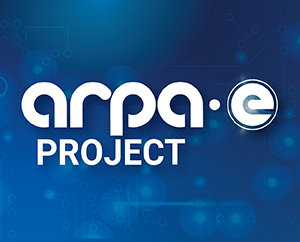Carbon Negative Reaction-driven Cracking for Enhanced Mineral Recovery: In-Situ Test at a Ni-Co-PGE Deposit

Technology Description:
The University of Texas, Austin, will conduct an in-situ injection of CO2 dissolved in water to permanently sequester CO2 via carbon-negative reactions (carbon mineralization), chemically fracture the rock via reaction-driven cracking before mining to reduce extraction and comminution energy by at least 50%, replace the CO2-reactive rock waste with carbonate to reduce energy needed for separation, improve concentrate grade, and increase ore recovery, and expand the lifespan of the mine as a CO2 sink once the ore is exhausted. The methodology applies to ultramafic rock-hosted mining operations worldwide, is easily scalable, and can be combined with chemical enhancement and subsequent ex-situ carbonation steps to maximize CO2 sequestration and critical mineral yield to combat climate change and secure the U. S. critical mineral supply. The proposed field test site is a newly discovered nickel-cobalt-platinum group element ore body near the U.S-Canada border that is forecast to be an important new source of critical minerals.
Potential Impact:
The MINER program aims to use the reactive potential of CO2-reactive ore materials to decrease mineral processing energy and increase the yield of energy-relevant minerals via novel negative emission technologies.
